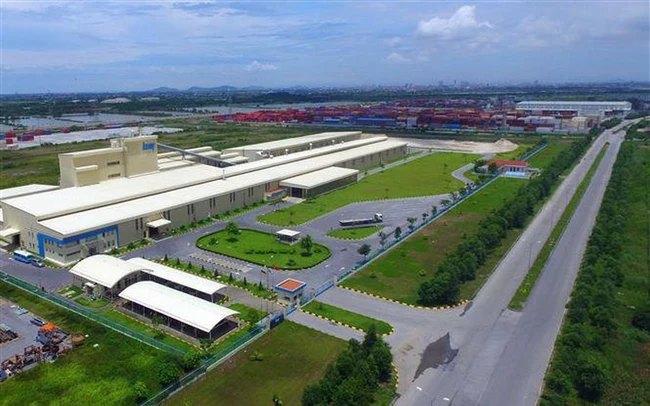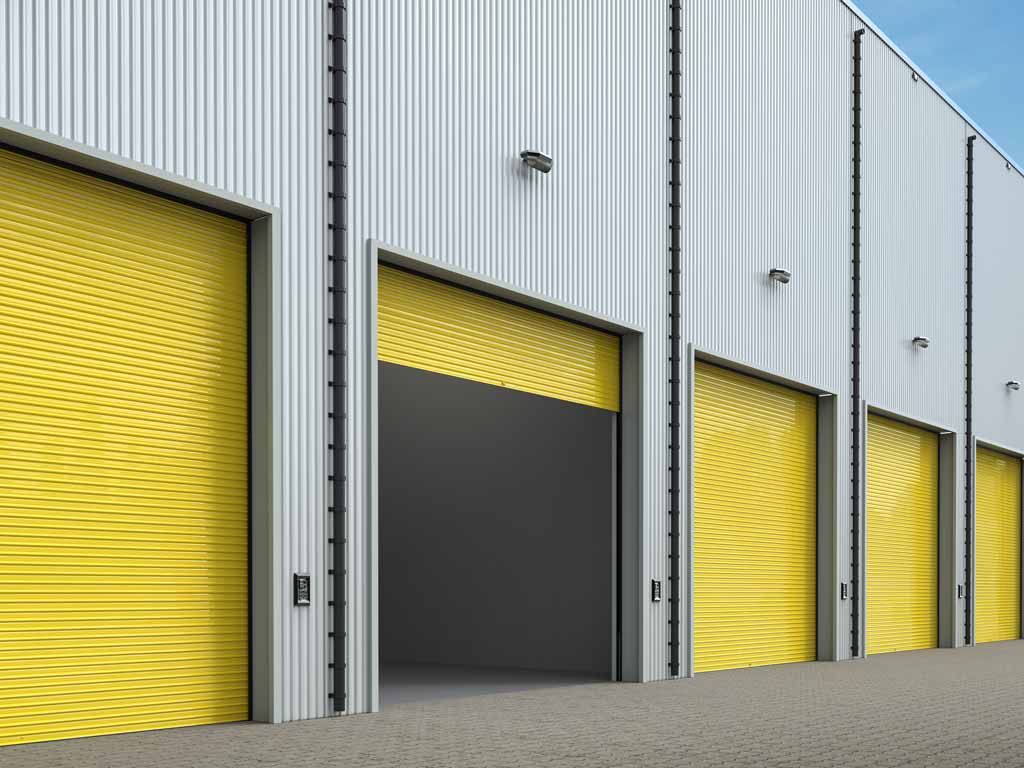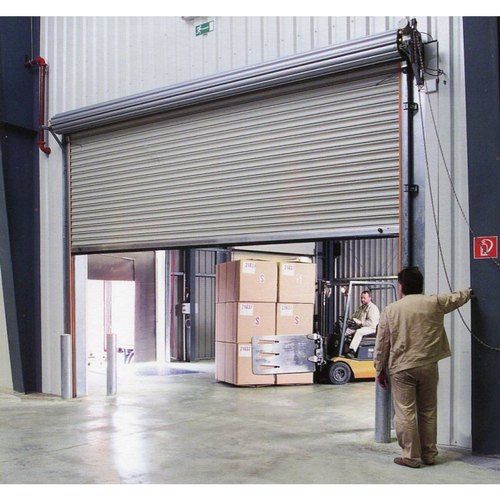The collapse of Silicon Valley Bank and Signature made it difficult for industrial real estate businesses to find credit to build warehouses.
Many warehouse developers are struggling as interest rates rise and demand declines, which in turn dampens construction activity after a period of strong growth. Mr. Craig Meyer, JLL’s regional president for the Americas, said: “The ability to provide credit may be reduced in the short term as banks will be more stringent in underwriting. There will be fewer new projects this year due to financial problems, increasing costs and limited available capital.”

Meanwhile, the bankruptcy of two major banks raised concerns that customers would withdraw their deposits from regional US banks. Many small and regional banks are also under pressure as a large number of commercial mortgages are due to expire this year. According to analysis by Trepp Inc., smaller banks hold about $2.3 trillion in commercial real estate debt.
Most industrial assets are not affected by the banking crisis at the moment, as warehouses do not face the same pressures as commercial offices, real estate executives said.
The commercial market weakened due to Covid-19 and people moved to work remotely, leaving office buildings sparse. However, companies are continuing to lease out distribution centers, despite slowing demand growth and vacancy rates for industrial properties remaining near historic lows.
Mr Meyer said industrial real estate is driven by “the movement of goods”. Financial stress in the economy has spilled over into the real estate sector since last year, with higher labor and construction material costs and rising lending rates due to a decision from the US Federal Reserve. This helps JLL limit warehouse expansion, as they have added nearly 1.4 billion square feet of logistics space across the US in 3 years.
Costs are increasingly weighing on warehouse businesses as e-commerce activity slows down. Only about 633 million square feet of new space was built by JLL in the fourth quarter of 2022, down from the previous quarter. This is the first drop since Q3 2020, according to Mr. Meyer.
The average price of building materials also increased by 16% last year, although there was a decline in the second half of the year. Along with that, wages for construction workers and specialized labor groups increased by 6.5% last year.
“Lending activity has tightened significantly and less industrial real estate has been sold this year than before the banks,” said Rebecca Rockey, head of global economic analysis and forecasting at Cushman & Wakefield. goods collapse. However, she expects the banking crisis to have only a small impact on the industrial sector.
The number of industrial real estate transactions fell 55% in the first two months of 2023 compared with the same period last year, according to MSCI Real Capital Analytics. “It is difficult to find financing in a high interest rate environment. The outlook for interest rates in the near term is uncertain,” Ms. Rockey said.
Retailers have also been slow to expand their logistics operations recently as online shopping growth slows and consumers shift to in-person purchases. However, Mr. Meyer said warehouses are still tight and many tenants are looking for space. This information helps warehouse owners feel secure in the face of fluctuations in the banking industry.
The asking price of industrial space is still increasing, despite the decrease in rent. According to Cushman & Wakefield, asking rents increased at $8.81/ft2 in the fourth quarter of 2022, up 1% from the previous quarter and up 18.6% year-on-year – the highest year-on-year increase is recognized.
Rising industrial rents can help developers solve the cost problem they are facing. “If rents increase, warehouses will have the financial resources to cover the costs to cover,” Mr. Meyer forecast.







